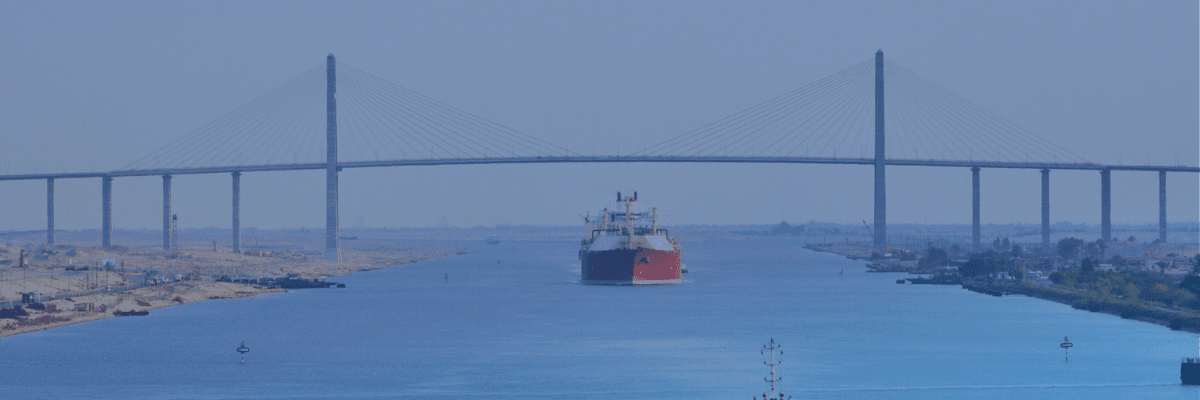What is ensemble forecasting, and how does it improve maritime safety?
Ensemble forecasting is a technique used in weather prediction that involves generating multiple forecasts using slightly varied initial conditions and model parameters to account for uncertainty. Each forecast, or "ensemble member," provides a possible scenario of future weather, which helps generate a range of potential outcomes. This probabilistic approach allows forecasters to calculate the likelihood of specific weather events, such as high waves or strong winds, and assess the confidence in these predictions.
By incorporating ensemble forecasting into maritime operations, we can significantly improve safety by understanding the possible weather conditions a vessel may encounter. This method allows for more informed decision-making in voyage planning, providing insight into the probability of exceeding safety thresholds for wind and wave conditions. Consequently, maritime operators can optimize routes and speeds more effectively, accounting for potential changes in the weather, and reducing the risk of unexpected severe weather impacts. Ensemble forecasting thus enhances safety and efficiency in maritime navigation, particularly in a climate where extreme weather events are becoming more frequent and unpredictable.
How does Weathernews integrate this technology into its maritime navigation services?
We integrate ensemble forecasting into our SeaNavigator platform to enhance maritime navigation. Ensemble forecasting involves running multiple simulations of weather models with slight variations in initial conditions and parameters, generating a spectrum of possible weather scenarios. This method enables us to evaluate the likelihood of various weather conditions, such as severe winds or high waves, offering a detailed assessment of potential impacts.
Our Voyage Planners use these probabilistic forecasts to present a range of possible scenarios to clients through synoptic charts. By combining forecast data from multiple models, we provide route recommendations tailored to our clients' priorities, such as safety and fuel efficiency. This method allows for dynamic adjustments to routes in response to changing weather conditions, thereby mitigating risks associated with adverse weather.
In addition to ensemble forecasting, our maritime services are supported by high-resolution marine weather analysis systems. Our operational centers, including the Athens Operations Center and additional centers in Copenhagen, Oklahoma, and Tokyo, provide continuous monitoring and support. These centers employ advanced weather models with high spatial resolution to ensure accurate forecasts and timely updates.
When adverse weather conditions are detected along a vessel's route, our meteorologists promptly review and adjust the planned route to avoid hazardous weather conditions, based on predefined thresholds. Our real-time support ensures that navigational decisions are based on accurate and up-to-date information.
Furthermore, we integrate AI with human expertise to enhance our forecasting capabilities. While AI contributes to improved data accuracy and predictive power, our experienced meteorologists play an important role in interpreting forecasts, addressing uncertainties, and providing well-informed recommendations to our clients.
What makes the navigation features in the SeaNavigator platform valuable to users?
The navigation features in SeaNavigator provide significant value by integrating real-time alerts with predictive analytics. This combination enhances safety and operational efficiency for maritime navigation. Real-time updates on weather conditions and sea state changes allow SeaNavigator users to make informed decisions and adjust routes to avoid hazardous weather conditions. Predictive analytics further extend this value by forecasting potential issues before they occur, such as severe weather or high waves.
How does Weathernews ensure user-friendly solutions?
Weathernews ensures that our solutions and recommendations are user-friendly through a multifaceted approach that includes intuitive design, ongoing refinement, and responsive support.
Intuitive Design: We prioritize ease of use by crafting interfaces that are straightforward and accessible. Our SeaNavigator platform, for example, is developed with direct input from maritime professionals to address practical needs and simplify complex data.
Continuous Improvement: We update our solutions with the latest advancements by employing agile development practices. This allows us to integrate user feedback and adapt to emerging requirements. For instance, our recent upgrade to OSR-e (Optimum Ship Routeing) and PMS-e (Performance Monitoring Service) incorporates new CO2 environmental content to support emission management, perfectly illustrating our ongoing enhancement.
Responsive Support: We maintain robust support structures and backend systems to ensure reliability. Our cloud-based infrastructure facilitates efficient data management and presentation, while our support team provides assistance and resolves issues as needed. This infrastructure allows us to manage big data efficiently and deliver it in user-friendly and actionable formats.
Providing a range of possible scenarios presented via synoptic charts during the voyage is a good example of how we integrate new technology into our solutions, converting complex data into actionable insights.
Why is accurate weather forecasting so critical for maritime operations?
Accurate weather forecasting is essential for maritime operations due to several interrelated factors. Weather conditions directly impact ship safety, performance, and costs. High-quality forecasts help navigate hazardous conditions like storms, high waves, or ice, allowing route adjustments that minimize risk and protect the vessel and crew. Accurate forecasts also improve operational efficiency by optimizing routes to reduce fuel consumption and manage arrival time effectively.
Moreover, precise weather data aids in cost management by preventing unexpected expenses related to weather disruptions. It enables better planning and decision-making in fleet management and port operations, leading to significant cost savings.
In the face of increasing extreme weather events caused by climate change, accurate forecasting is becoming increasingly important. Advanced weather models and high-resolution data help anticipate and adapt to these changing conditions, ensuring that operations remain resilient in the face of new challenges.
Understanding forecast uncertainty is another key aspect. Using ensemble forecasting, we can better prepare for possible weather changes by assessing the probability of various scenarios. This probabilistic approach offers a clearer picture of possible outcomes, allowing for more informed decision-making and improved risk management.
In essence, accurate weather forecasting supports safer, more efficient maritime operations by providing detailed insights into weather patterns and their potential impacts, helping to navigate an increasingly complex climate.



